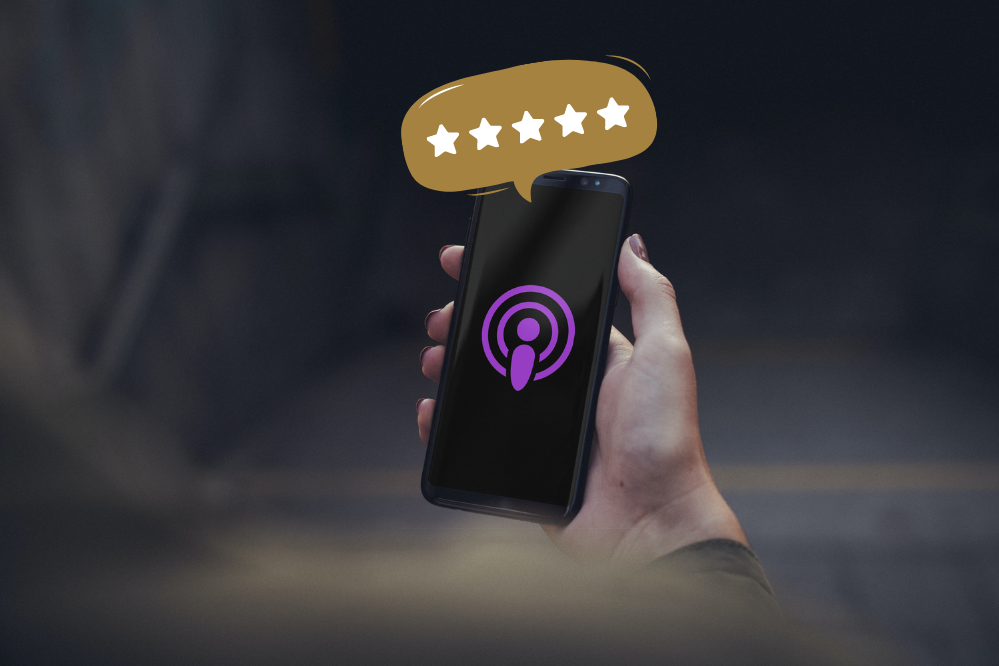Episode 117: Do This Before You Post Another Chart on LinkedIn | Story Snacks Series
Subscribe to Billion Dollar Backstory on Apple Podcasts, Google Podcasts, Spotify, or wherever you listen to podcasts.
The chart you shared on LinkedIn isn’t flopping because people “don’t get it.”
It’s flopping because you made them work too hard to understand it.
That’s one of the most common content mistakes fund managers make:dropping data without enough context.
The good news? It’s an easy fix, and in this episode, Stacy shows you how.
She dives into:
• 3 quick rules to make your chart posts actually land
• A better way to use data to tell a story
• Why one great chart beats four cluttered ones every time
This is Story Snacks, a bite-sized, jam-packed series for fund managers who are ready to master strategic storytelling in under 20 minutes a week.
Want More Help With Storytelling?
+ Subscribe to my newsletter to get a weekly email that helps you use your words to power your growth:https://www.stacyhavener.com/subscribe
- - -
Make The Boutique Investment Collective part of your Billion Dollar Backstory. Gain access to invaluable resources, expert coaches, and a supportive community of other boutique founders, fund managers, and investment pros. Join Havener Capital’s exclusive membership
TRANSCRIPT
Below is an AI-generated transcript and therefore it may contain errors.
[00:00:00] Stacy Havener: Hey, my name is Stacey Havener. I'm obsessed with startups, stories, and sales. Storytelling has fueled my success as a female founder in the Toughest Boys Club, wall Street. I've raised over 8 billion that has led to 30 billion in follow-on assets for investment boutiques, you could say, against the odds. Yeah, understatement.
[00:00:24] Stacy Havener: I share stories of the people behind the portfolios while teaching you how to use story to shape outcomes. It's real talk here, money, authenticity, growth, setbacks, sales and marketing are all topics we discuss. Think of this as the capital raising class you wish you had in college mixed with happy hour.
[00:00:46] Stacy Havener: Pull up a seat, grab your notebook, and get ready to be inspired and challenged while you learn. This is the Billion dollar Backstory podcast.
[00:00:59] [00:01:00] Craving more knowledge, but don't always have time to sit down for a five course meal. Take a quick snack break with story snacks, bite-sized content to feed your funnel. Each short episode features Stacey, digging into one question. This series has her talking stories, sales, and so much more. Oh yeah, it's time for story snacks. Hey, look at this awesome chart I made. Isn't it great? That is an awesome chart. And listen, our industry loves charts, okay? So. If you want to use charts in your content, we are. So for that like high five, let's go. I'm gonna give you three things to help you make the most of this chart post.
[00:01:48] Simplify it. I am sure that there are four different charts that you love on this potential topic that make the case beautifully together. Let's [00:02:00] make those four posts. Okay, let's not string together four charts in an image or make a carousel with four charts on a page. because this is gonna tie into my second thing, the size of the chart matters.
[00:02:16] In other words, if I can't read said chart, the impact of this amazingness that you're sharing with me is lost on me. So we want the chart to be. At a size that somebody doesn't need to grab their glasses and be like, oh yeah, what am I looking at? Hold on. So size it appropriately. Legibly The old rule of thumb here, I don't know if anyone remembers this, maybe I'm dating myself.
[00:02:46] It's fine. Is, um, think about your audience and the font size that you use should be half of the, their age. Okay. Not exactly sure how we're gonna apply that to a chart, but I [00:03:00] give it to you. Do with it what you'll, so we're sizing it appropriately. We simplified it to one chart. We're sizing it appropriately.
[00:03:06] Now we're gonna explain it. Okay. Because This is what typically happens with a chart. You have your awesome chart. It means something to you instantly upon viewing it, you give it to your audience and you're like, here's the chart, and you make them figure out what they're seeing and what it should tell them, or What it means, just literal and why anybody should care. So yes, give them the chart. Tell them what the hell they're looking at. Don't make them. Try to read the x axis and Y axis and really try to understand what are the metrics here? what are the modules I'm looking at? Explain it to them.
[00:03:48] Here's what you're literally looking at, and then unpack it for them. Here's why you should care, or here's what it means to me. This is my point of view on the chart. [00:04:00] Don't give people a chart and then give them. Work to do to figure what they're, and.
[00:04:10] This podcast is for informational purposes only and should not be relied upon as a basis for investment decisions. The information is not an offer, solicitation, or recommendation of any of the funds, services, or products, or to adopt any investment strategy. Investment values may fluctuate and past performance is not a guide to future performance.
[00:04:29] All opinions expressed by guests on the show are solely their own opinion and do not necessarily reflect those at their firm. Manager's appearance on the show does not constitute an endorsement by Stacey Haven or Haven or Capital Partners.





